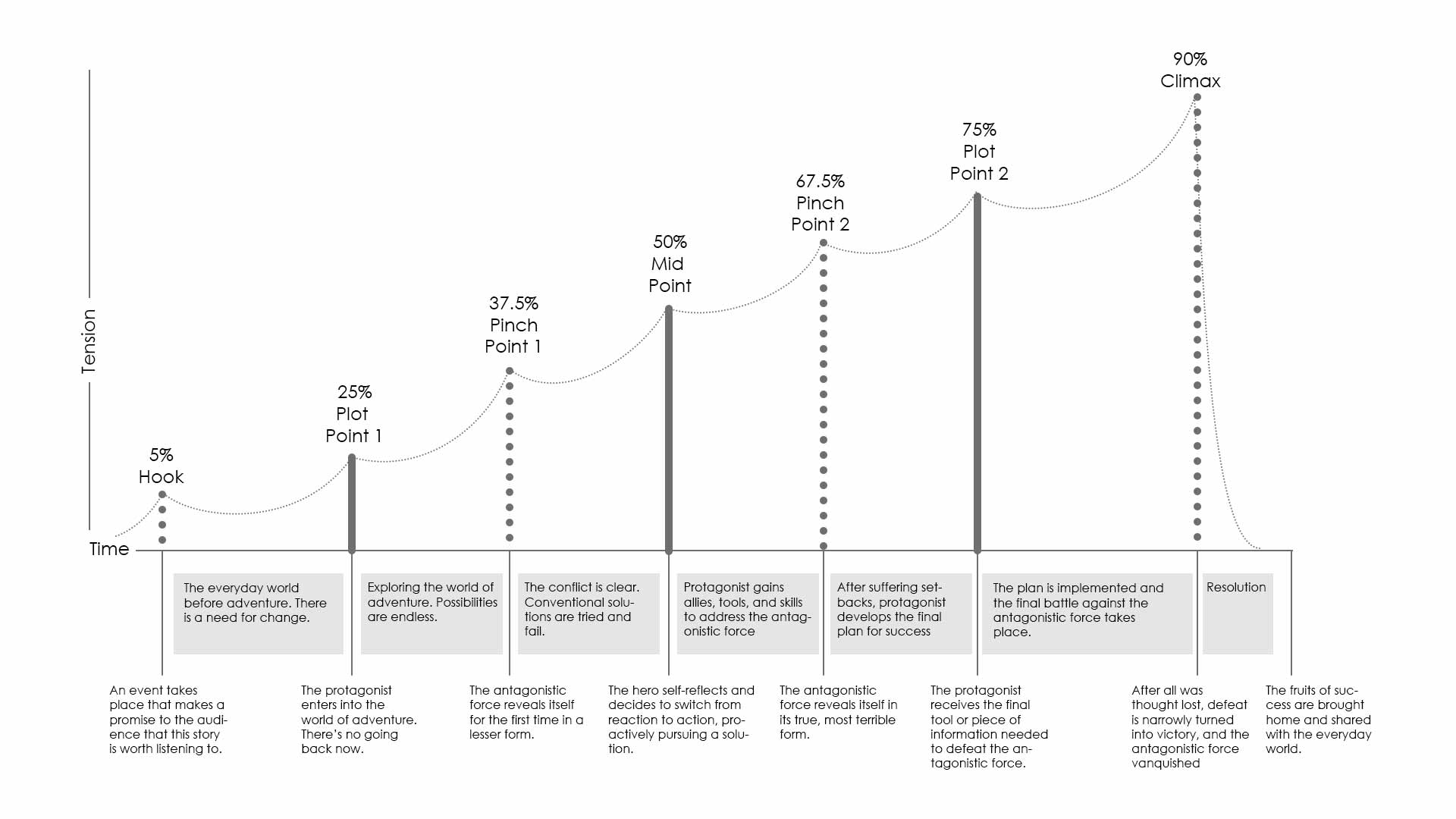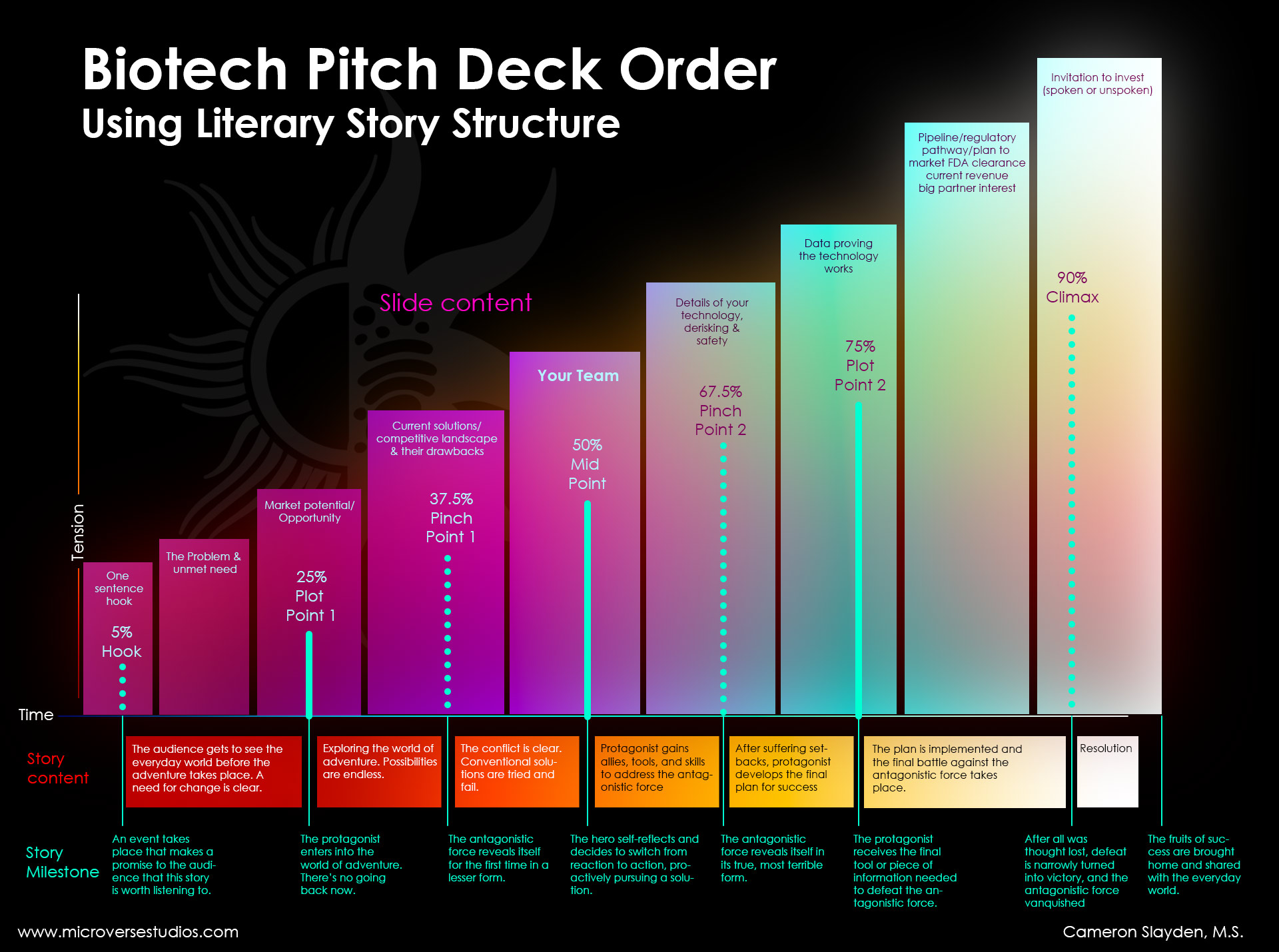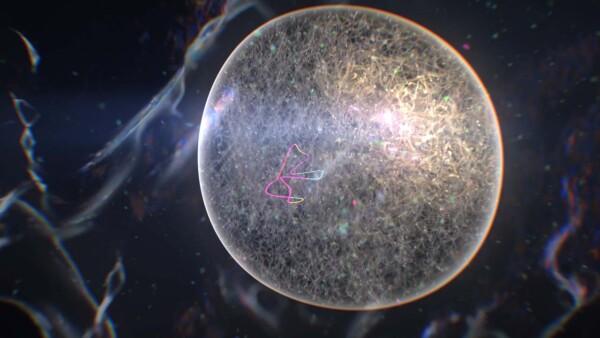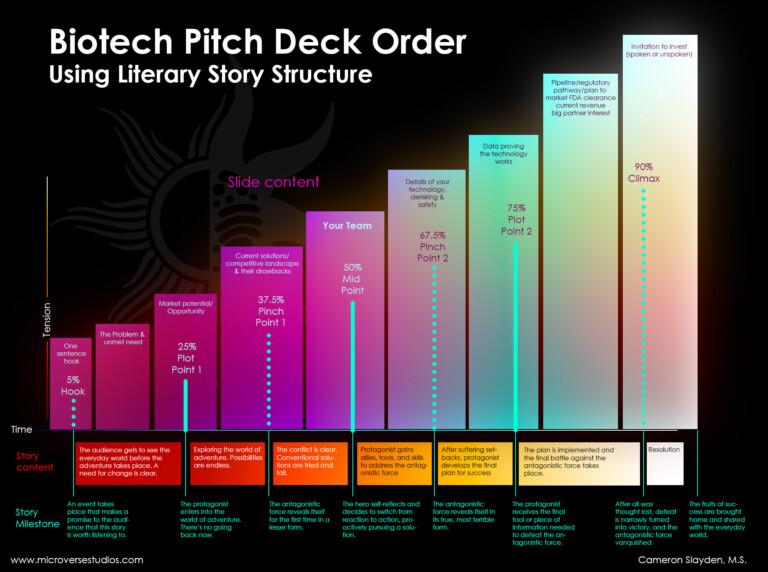
How to Craft a Biotech Pitch Deck Using Story Structure
By: Cameron Slayden, M.S.
Learn how to leverage the story formula of Hollywood blockbusters and bestselling books in your next biotech pitch deck (or any pitch, for that matter).
The following article will give you a breakdown of literary story structure and how it can be applied to your pitch deck to maximize interest and attention in your audience. You'll see our recommended pitch deck slide order and what slides to include, as well as what percentage of your pitch should be spent on each idea to optimize the story flow. With story structure working for you, you can be sure that your audiences never wonder when you'll get to the point.
- What is Story Structure?
- Story Structure Was Refined by Natural Selection
- Skip to the Recipe: The Best Slide Order for Your Biotech Pitch Deck
- Why Bother With Story Structure in Your Biotech Pitch Deck?
- A File Type for the Brain
- The Order and Pacing of Content in Biotech Pitch Decks
- Who is the Protagonist in Your Biotech Pitch Deck? (It’s Not Who You Think.)
- The Breakdown of Story Structure for Biotech Pitch Decks
- The Promise, or, "Did you hear about the prince?" 0%
- The Everyday World- 0-25%
- The First Plot Point: Entering the Magical World- 25%
- The First Pinch Point: Trouble in the Magical World- 37.5%
- The Midpoint: Taking Control of Fate- 50%
- The Second Pinch Point- 63.5%
- The Second Plot Point- 75%
- The Climax- 90%
- Chart of Biotech Pitch Deck Slide Order Using Story Structure
- How This Structure Will Adjust in Your Biotech Pitch Deck
What is Story Structure?
Often when I ask people if they know what story structure is, they'll say yes. But when I ask them to define it, they have a hard time.
I discovered story structure when I attended the Willamette Writers Conference in Portland, Oregon, about ten years ago, and it blew my mind.
We intuitively know that stories have a certain flow that makes them interesting. We sense it in the books we read and the shows and movies we watch. Stories are made up of far more than an introduction, discussion, and conclusion. Story structure is a precise order of emotional sub-context to information.
It tells us where we are in a story and how much longer before we get to the point. It triggers reflexive interest and the sense that what we're listening to is important. It's the format our brains use to process our own life events and recall them.
Story structure is a file type for the brain.
This article explains how to apply story structure to your biotech pitch deck. It's specific to biotech, because biotech is where I live, but these lessons can apply to any pitch. In fact, it applies to any time you want your audience to pay attention.
There are many books available on the topic of precise story formulation, mostly written for prospective authors and screenwriters. They all say the same things in different ways, so I've boiled it all down to a single article in the interest of clarity.
The structure explored here summarizes commercial fiction's optimum content order and pacing. It's not to be confused with Joseph Campbell's Monomyth/Hero's Journey, which is about heroic character arcs.
Story Structure Was Refined by Natural Selection
Thanks to Hollywood and the world's massive literary market, consumer interest has made profitability the key metric of a story's success. Movies and books that followed a specific architecture became the most popular. With profit as a driving force, this structure was refined into its most optimal model to maximize human interest.
My goal here is to give you a precise order for your pitch slides that maximizes attention and impact. I also want you to understand why that order is best, so that as your message evolves, you can adjust your pitch to remain optimized.
Skip to the Recipe: The Best Slide Order for Your Biotech Pitch Deck
Here's the order I recommend for the slides in your pitch deck. I'll explain why in a minute.
You may not have every one of these slides, or some of them might be combined. You might also have a few others, such as deep dives into these concepts or explorations of additional possibilities.
Slide 1: A high level view of your solution.
Slide 2: The Problem.
Slide 3: The unmet need.
Slide 4: Market potential/opportunity.
Slide 5: Current solutions/competitive landscape.
Slide 6: Their drawbacks.
Slide 7: Your team.
Slide 8: The details of your technology.
Slide 9: De-risking and safety.
Slide 10: Data proving it works (or suggesting that it will)
Slide 11: Pipeline/regulatory pathway/plan to reach market
Slide 12: FDA clearance/current revenue/interest from big partnerships/proof that you are a safe bet.
I've watched many, many pitches over the years, and every story is different in the details. Even among seasoned entrepreneurs, pitch sequencing is all over the place, despite being critical to connecting with your audience. Together we're going to change that!
"Entrepreneurs learn very early that they have to answer three big questions about their business: Does it matter? Does it work? And can we win?"
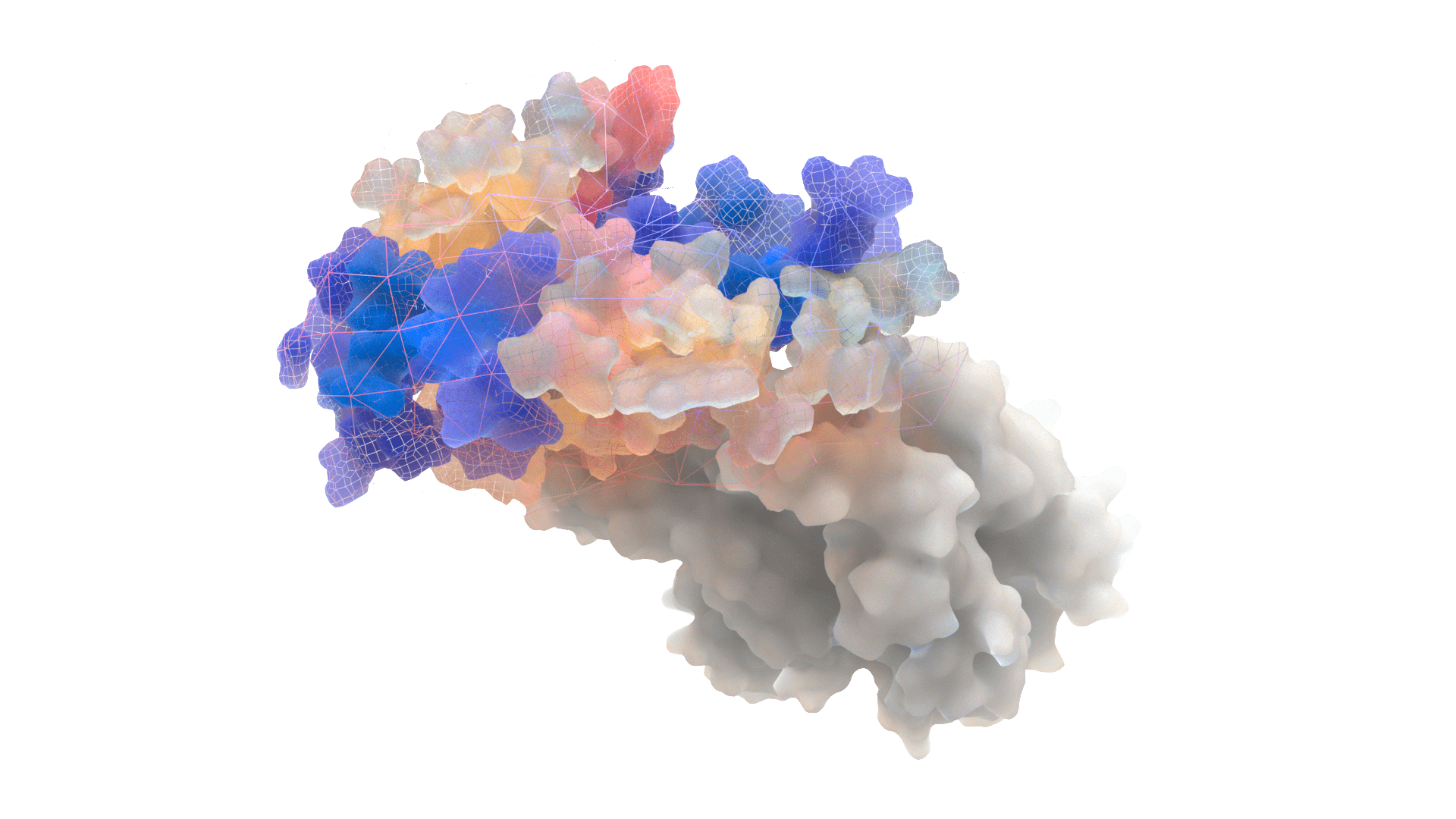
Why Bother With Story Structure in Your Biotech Pitch Deck?
Entrepreneurs learn very early that they have to answer three big questions about their business: Does it matter? Does it work? And can we win?
Biotechnology is different from other areas of investment. Most non-biotech industries have to take into account human nature in their designs. An app must appeal to specific thought patterns in the user base and can fail unexpectedly if user behavior is different from what was expected. Even in the case of a radical new machine or other product that will improve lives, users must be convinced that they need it before it will be widely adopted.
Biotech's success is different, because it is independent of human nature. A working platform that speeds up the curing of disease doesn’t rely on how people will respond to it. Living longer always sells. If you're the only one with such a platform, and your platform works, then there's a better chance you can win, too.
Therefore, biotech’s biggest unknown is, “does it work?”
I liken the study of biology to cavemen trying to figure out an ultra-complex alien technology. We tinker with the dials and push buttons to see how it works, and hope that the whole thing doesn’t explode. Every time we puzzle a tiny piece of it out, progress moves fractionally forward. Another great analogy is trying to debug a trillion-line program filled with spaghetti code, while learning the programming language as we go. We might figure out what a single command does, but who knows what critical functions reference it? Tinkering could make the whole program crash in unexpected ways.
This is unacceptable in living systems. Unpredictable failure modes lurk around every corner, waiting to consign promising technologies to the dustbin of science history. Sadly making it work isn't something that I can help you with. That will depend on the team that you build.
Nor can I help with whether you can win. Will you be first to market? Will your version of your tech be the most cost-efficient or effective? Can you stay ahead of the curve in a rapidly growing space? Again, this depends on your team. You’ll predict what obstacles you can and react swiftly and responsibly to the unexpected, so maybe! I hope so.
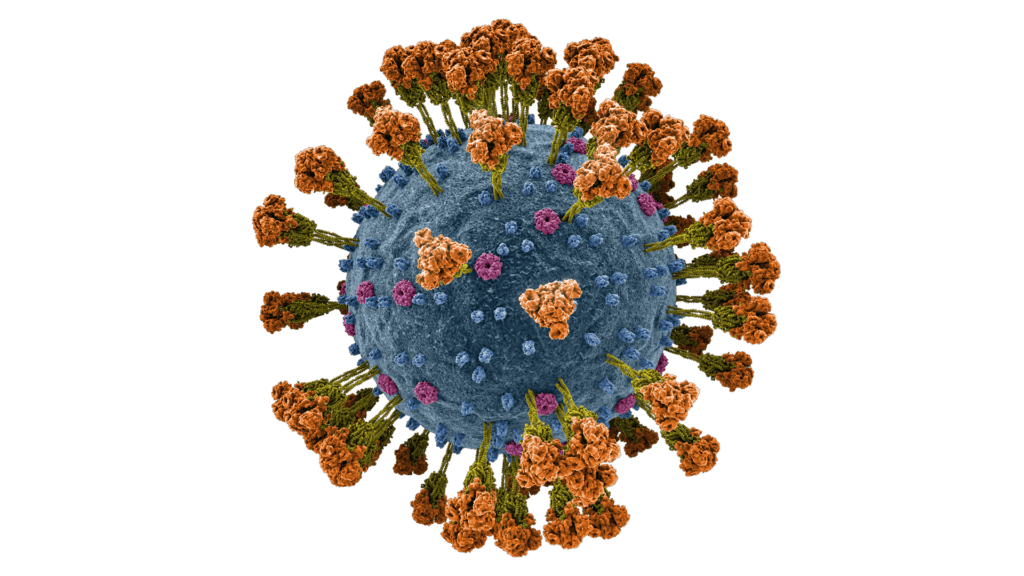
"How are they going to remember your story over everyone else's? It's not because your story will be more important. Instead, it will be because your story sounds more important."
Biotechnology is undergoing its own industrial revolution, like the discovery of fire, of steel, the building of railroads and the internet. It's changing the very nature of life itself.
So investors have to make a different sort of gamble when choosing where to put their money in biotech. And they're not just looking for something that works; they're looking for the Next Big Thing. They'll sit through hundreds of pitches fifteen minutes at a time. The science. The team. The competitive landscape. The potential market.
How are they going to remember your story over everyone else's? (Some killer graphics can’t hurt...) It's not because your story will be more important, although that may be the case. Instead, it will be because your story sounds more important.
What I’m sharing with you today is how to make your story matter to your audience.
A File Type for the Brain
Here's a neat trick: Take an image from the internet (in this case one generated by ChatGPT). Open it in Notepad. Scroll down to somewhere in the middle, and change a single character. Any character. Then reopen the image.


All I did was change an é to an e halfway through the code, and the entire content of the image was lost-- at least from a human perception standpoint. Story structure is similar. It provides meaning and context in such a way that audiences easily understand the importance of the story and what it should mean to them.
Luckily, our minds are more resilient than image-reading software. Our brains work hard to puzzle out pattern and meaning from the world around us. In particular, we have an instinctive drive to understand other humans and to be understood ourselves.
Story structure doesn't have to be perfect, but the farther we deviate from it, the less a story makes sense. It's the reason we get frustrated when people don't "get to the point." It's the difference between listening to a TED talk and a seven-year-old describing their favorite Pokémon for twenty minutes.
We evolved language from raw primate vocalization. Delicate formulation of sounds began to carry discrete meaning. Grammatical rules arose for communicating abstract concepts, such as "yesterday" and "maybe." Sentences became frameworks of words that injected greater meaning and expanded their ability to communicate complex ideas.
At some point we also evolved a kind of meta-grammar, a format beyond the simple order of words in a sentence. This framework of frameworks allowed us to recognize uniquely important information.
I suspect this began with homo erectus back around 750 million years ago when fire was first tamed. It opened up a world of nutrition and food safety. It kept us safe and gave us light at night. Socialization blossomed as we gathered around it during our newfound free time. Our brain sizes grew, our tools became more complex, and our intelligence soared. I think that this was the birthplace of the story as an art form.
From around those hearths in sub-saharan Africa arose the story arc, a framework far more rich than a list of events in the order they took place. It's woven into our neural wiring, how we process our own life experience and how we interpret the world around us. We instinctively use it when telling our own stories, particularly when the story is important to us.
Thankfully, modern capitalism has created a money-making science out of perfecting story structure. We have Hollywood to thank.
"You want your pitch to be a singular experience. You want them to eagerly anticipate the point, recognize when it's about to land, and to get blown away by it."
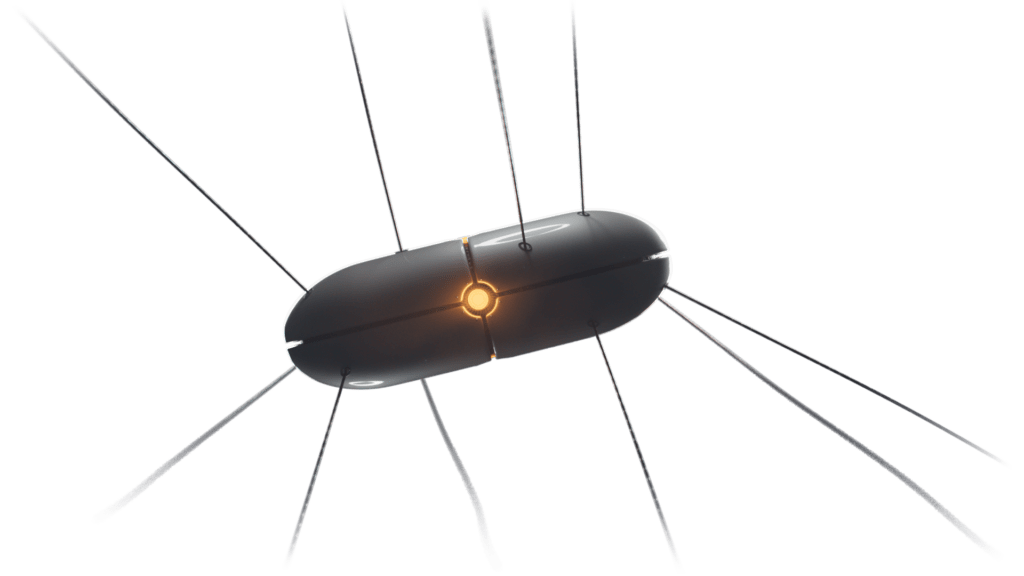
The Order and Pacing of Content in Biotech Pitch Decks
Pause a show that you’re enjoying on Netflix, and before looking at the progress bar, predict exactly how far you are through it. If you can’t tell where you are in the story, it probably also feels like it’s meandering or not getting to the point.
Information with specific emotional sub-context creates a reflexive interest response, and allows us a sense of how far away the "punchline" is. When we deviate from this architecture, we remove cues that would otherwise make details of our story feel relevant to the whole. In this way, poor story structure blurs meaning and importance for our audiences.
In the case of a biotech pitch deck, poor structure makes the audience ask perhaps the worst question: "What's the point?" The first half of the slides I listed set up dominoes to be knocked down by the second half. Shown out of order, they don't have the same contextual value and so they stand as their own separate ideas.
You want your pitch to be a singular experience. You want them to eagerly anticipate the point, recognize when it's about to land, and to get blown away by it.
As a story unfolds, we intuitively recognize where we are in its overall flow. We semi-consciously calculate how long it's taken to get where we are and use that to predict how much longer until the end. If we spend too long on one part, we will extrapolate that expectation to every other part.
If the first half dragged, we assume the second half will as well. If the story’s concepts are out of order, we have no clues as to where we are in the story. In these cases, we assume the worst and we get frustrated and want the storyteller to get to the point.
In pitches, the audience's positive mental state is critical. We don’t want them to be relieved when we’re finished.
Who is the Protagonist in Your Biotech Pitch Deck? (It’s Not Who You Think.)
I'm going to mention a protagonist a lot. In the stories we consume, the protagonist is usually a main character that we watch evolve over the course of the story to eventually face a villain. You might think that the protagonist is you, or maybe your technology, or maybe even your company. Those would make sense on one level.
Instead, I encourage you to consider your investor as the protagonist.
Audiences love stories about heroes because they want to identify with them. The adventure is vicarious. This is an access point to our audience's unconscious self-image at the moment when we engage them. If you keep it in mind as you craft your biotech pitch, your connection with your audience can be much deeper.
With all of these perspectives and considerations in mind, now we can talk about the emotional underpinnings that drive each phase of a story, and how they match the concepts in your pitch:
The Breakdown of Story Structure for Biotech Pitch Decks
There is no standardized nomenclature for the story elements in any medium, whether books, screenplays, or biotech pitch decks. Therefore, we have some artistic freedom here. I'm using the words I learned first, but it's the definitions that count.
Below, I've listed the major beats of a story in the structure that we're exploring. I've included the percentage of the story that will have passed by the time each beat lands. In stories, the time between beats is when characters are developed and the world is built. The beats themselves represent distinct moments where events of significant impact take place.
A visual breakdown of the story structure that permeates Hollywood blockbuster film and television screenwriting as well as bestselling books
The Promise, or, "Did you hear about the prince?" 0%
Every story starts with the audience having some sense of what to expect. Ideally, we'll generate some anticipation with this phase.
A friend telling you some juicy gossip might start with “Did you hear about what happened to so and so?” For a movie, this would be the trailer or the preview description. For a book, it's the material on the front, back, and inside covers.
For your biotech pitch deck, it's a high-level, implication-laden one-sentence description of your game-changing technology. It doesn't have to be detailed. It should be a bold statement that makes the audience ask "Wait– How are you doing that?"... the first domino.
The Everyday World- 0-25%
Every story begins with a brief exploration of what the world is like before the adventure. The protagonist goes about their daily life, usually revealing a yearning for something better. It's Luke Skywalker on the moisture farm, Frodo in the Shire, Indiana Jones stealing cultural relics from indigenous tribes.
In your biotech pitch deck, this is the problem/unmet need segment. Your audience's world– the real world– is in need of someone to go on an adventure that will solve these problems.
The First Plot Point: Entering the Magical World- 25%
One way or another, an opportunity arises in which the protagonist gets the chance to go on the adventure. In our favorite stories, there is usually a momentary hesitation, an obstacle, or sometimes outright refusal.
In the end, the hero faces an offer they can't refuse. They embark on the journey and enter the strange and magical world of the adventure, a world filled with wonder. This is when Harry Potter leaves the Dursleys with Hagrid to go to Hogwarts and Jake Sully enters the bioluminescent world of the Na'vi in his avatar.
In your biotech pitch deck, this is when the whole world of opportunity opens up before your investors in the form of the market potential and opportunity slide.
The First Pinch Point: Trouble in the Magical World- 37.5%
Pinch points are moments when the protagonist is surprised by an incarnation of the antagonistic force of a story. As the story progresses, the protagonist experiences challenges and setbacks. They respond with their current skill set, which is found lacking. Along the way, they gain tools and allies (which may not start out as allies) that will later become important.
Between the first plot point and the midpoint, they will encounter the villain for the first time. Usually, this takes the form of henchmen or dealing with a lesser component of their power. Often, success is narrowly gained.
In The Lego Movie (perhaps the most perfectly structured story in all of history), Emmet is saved from Bad Cop by Wyldstyle. It's the first battle of the story, and the first time the protagonists face any contingent of the villain's empire.
For the story in your biotech pitch deck, the antagonistic force is failure. Your first pinch point is when you reveal the competitive landscape. How are other companies approaching the problem? What challenges are they facing and how are they failing? You will need to both overcome your competitors' progress and sidestep the challenges they face.
The Midpoint: Taking Control of Fate- 50%
The midpoint may be the most important moment in any story. It's the moment when the protagonist pivots from merely reacting to challenges to proactively chasing success. It usually involves solidifying relationships with allies.
In The Lego Movie, Emmett embraces his role as the Special and builds the double-decker couch which saves his friends (seriously, if you haven't watched this movie you need to). In Avatar, Jake Sully pair-bonds with Neytiri, rejecting the role given to him by the company and pursuing his own happiness.
Something I love about the midpoint is that it represents the part of our own personal stories that we actually experience every day. Our lives are perpetually filled with moments when we can proactively choose our destiny, or we can choose to simply let the winds of fate guide us. It's the moment when decisions are made, when we choose to make our fates our own. It's the moment that the dominoes set up in the first half start to fall, and the intensity begins to pick up.
For your biotech pitch deck, this is when we introduce your team. They are the allies that have joined your cause along the way, whose insights and expertise are exactly what the protagonist needs to win. Now the adventurer (your investor audience) has what they need to be proactive.
The Second Pinch Point- 63.5%
After the midpoint, the protagonist begins to fight with increasing effort to achieve their goals. Halfway between this and the second plot point, comes a major confrontation that results in the protagonist's defeat. Their vulnerabilities are laid bare. This is known as the second pinch point.
In Avatar, the Na'vi's home tree is destroyed, and Jake Sully is rejected by both humans and his new adoptive tribe.
For your biotech pitch deck, this is where you describe the science behind your technology in detail, as well as de-risking and safety you're bringing to bear. It's outside of your audience's knowledge base, and represents a challenge that they can't overcome on their own. They need a team-- your team-- and all of the skills and insights you bring to bear in order to win.
Victory can never be achieved until they recognize this vulnerability and overcome it.
The Second Plot Point- 75%
In popular stories, after the second pinch point wraps up, the protagonists are generally in a pretty dark place. They thought they had a chance of beating the villain, but when they went to face it, they didn't measure up. There's usually a lull, or a down-and-out scene, in which all hope appears lost.
Then, a new piece of information is introduced. Someone makes a passing comment that gives someone else a brilliant idea. Someone remembers a key detail revealing the villain's critical weakness. It's exactly what the team needs to formulate their plan to defeat the enemy in the final battle.
In Ghostbusters (1984), the team realizes where they need to go to stop Zuul. In The Martian, details are revealed about what has to be done for Mark Watney to be able to rendezvous with his team. In all cases, the conditions for victory are laid out, and the protagonists race toward the final confrontation.
In your biotech pitch deck, this is when you reveal any data that validates your technology. With this sword of victory, your protagonist, the investor, has everything they need to make success happen.
The Climax- 90%
It's the best part of the story, where the fully-equipped hero uses all the tools, allies, and wisdom they've gained to achieve ultimate success. It's the culmination of all the tension built up throughout the story. It's the moment of success that the protagonist makes happen.
This is where your story ends: you've led your protagonist to success, they just have to claim it. In your biotech pitch deck, this will be where you place your regulatory pathway/plan to market slides, as well as any existing FDA Clearance, interest from big partners, current revenue, and any other proof that you are an excellent bet.
Chart of Biotech Pitch Deck Slide Order Using Story Structure
How This Structure Will Adjust in Your Biotech Pitch Deck
The percentages I've listed here average where these beats occur across the most popular stories in film and literature. The shorter the format, the more variation there will be in the timing of the beats. You may find that your pitch has no component that approximates the emotional content of a beat. Don't worry about it. The most important thing is that you find the right place for what you do have.
At some point, you will likely find success in your biotech venture, and you will need to explain in deeper detail how your technologies operate on a cellular and molecular level. I hope you’ll consider Microverse Studios' scientific illustration and animation to help you accomplish this. From the neurology of story structure to vision science, our team can create an unparalleled and frictionless audience experience. Reach out to start the conversation!
You might also enjoy

Cameron Slayden is CEO of Microverse Studios, and has over 20 years of experience in biomedical visualization. To find out more, check him and the rest of our team out on the Who We Are page.

